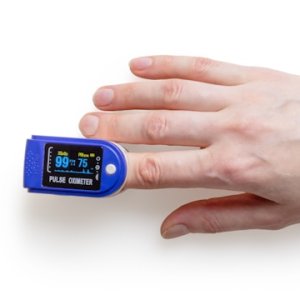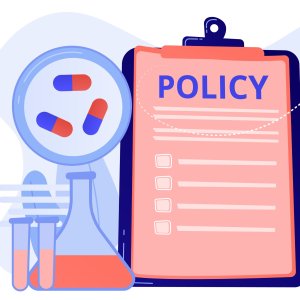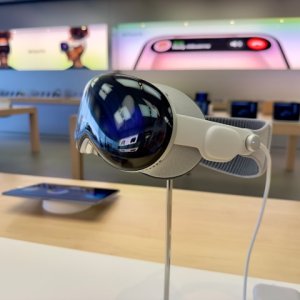Hospital Management Systems Needed to Support Key Investments

STORY INLINE POST
Q: How did the COVID-19 pandemic impacted TINC, as you are a hospital management company?
A: The pandemic significantly impacted some of hospitals’ strongest business units, such as programed surgeries. This affected patient flows for private hospitals, which are our main clients. The common thinking is that hospitals were benefited by the pandemic but in reality, it is the opposite; we saw that some were near bankruptcy because of COVID-19.
Low-income flows for hospitals affected their providers, including us. TINC is part of hospitals’ continuous improvement areas, which were not a priority during the crisis. Our income was inevitable affected by the situation, but we found a way to remain relevant during a situation that required cooperation from all players in the sector.
Taking a risk, we shifted our business model and developed a new platform called TINC LTE, which was provided to hospitals for free. This platform gives hospitals inventory control of their assets. The platform allows hospitals to experience the benefits of our platform and improve their performance through a standardized inventory of their medical equipment. This allowed us to reach over 800 hospitals in 11 countries and we are currently managing around US$370 million and nearly 32,000 assets registered on the platform.
As the pandemic stabilized, hospitals recovered and began to invest in infrastructure and improvement. By the end of November, we began to see results from our free platform. The hospitals that had been using it wanted to learn what more could do the platform do for them and their equipment. The hospitals that began as free users started to become clients.
Q: What were the most concerning findings from TINC LTE in terms of usable equipment for care facilities?
A: We found that the lack of a standard nomenclature is a problem for hospitals. Mexico urgently needs to adopt a nomenclature for medical devices to improve the overall capacity of health systems. Without it, we are unlikely to succeed on creating a strategy for sanitary crisis in the future.
Moreover, we partnered with the Mexican Consortium of Private Hospitals (CMH) to study their hospitals nomenclature and standardize it to the Global Medical Device Nomenclature (GMDN). This one of the most important documents for clinical engineering nationally. The document will support the CMH in its technology acquisition planning and allow it to detect opportunities to improve its equipment. Through this work we also proved that by having a clear idea of the technology assets a hospital had, we are able to know if the facility complies with NOM-016 of hospital infrastructure. In addition, we made this information easy to access to each facility to facilitate decision making.
During this work, we realized that the importance clinical engineers inside hospitals grew. After the COVID-19 crisis, the importance of maintenance and correct functioning of medical devices was recognized as vital to treat, diagnose or orient patients, which is what clinical engineers do for hospitals.
Q: How is TINC a supportive tool for Biomedical Engineers and not a replacement for their job are hospitals?
A: This is a common belief in every industry. But this technology is a tool to save time and support decision making for clinical and biomedical engineers. TINC was created to allow clinical engineers to have better management, records and access to their equipment at hospitals. The platform translates data into information for decision making on equipment investment.
Q: Why did you choose the GMDN nomenclature for TINC software solutions?
A: The GMDN is internationally accepted. We choose it due to deficiencies in Mexico’s nomenclature, which has commercial biases. Basic equipment recommendations in Mexico include company names and brands, which is corruption. We have pointed this out to the authorities but little has been made to change it. We choose to use the base of GMDN because it offers a very true translation to Spanish.
WHO is already working on unifying the different use of nomenclatures internationally, as this is a global problem. We soon hope to hear very good news of how WHO will unify medical device nomenclatures through a variety of tools.
Q: How could Mexico propel local medical devices consumption to create a stronger industry?
A: This will be hard to change. Mexico depends on foreign medical devices. COFEPRIS’ quality is intentionally recognized but there are many improvements that could be done to foment innovation and develop technology locally. The improvement of the current regulation is the main reason we have been unable to scale up our manufacturing abilities locally. Mexico has enough talent at universities for technology development, but escalating their products to the market is a titanic task. Moreover, Mexico lacks incentives to finance technology development in health. As an entrepreneur, I have experienced that rising capital for healthcare is almost guaranteed to fail as the return is much slower than investing on apps for other industries, which do not go through the same intensive approval process. Trials for medical devices are also difficult to perform because hospitals are not always open to volunteer as any issue can damage their reputation.
Despite the challenges, TINC supports the development of technology by analyzing the data we collect from our techno-vigilance analysis of the locally made VSZ-20-2 ventilator, developed alongside INCMNSZ and other Mexican companies.
TINC CMMS offers SaaS platforms that help to keep medical equipment available, safe and profitable. Designed by clinical engineers, TINC platforms help healthcare institutions and companies to digitally transform their asset management processes to prioritize work and produce data for effective decision-making.








 By Miriam Bello | Senior Journalist and Industry Analyst -
Tue, 12/07/2021 - 16:34
By Miriam Bello | Senior Journalist and Industry Analyst -
Tue, 12/07/2021 - 16:34















